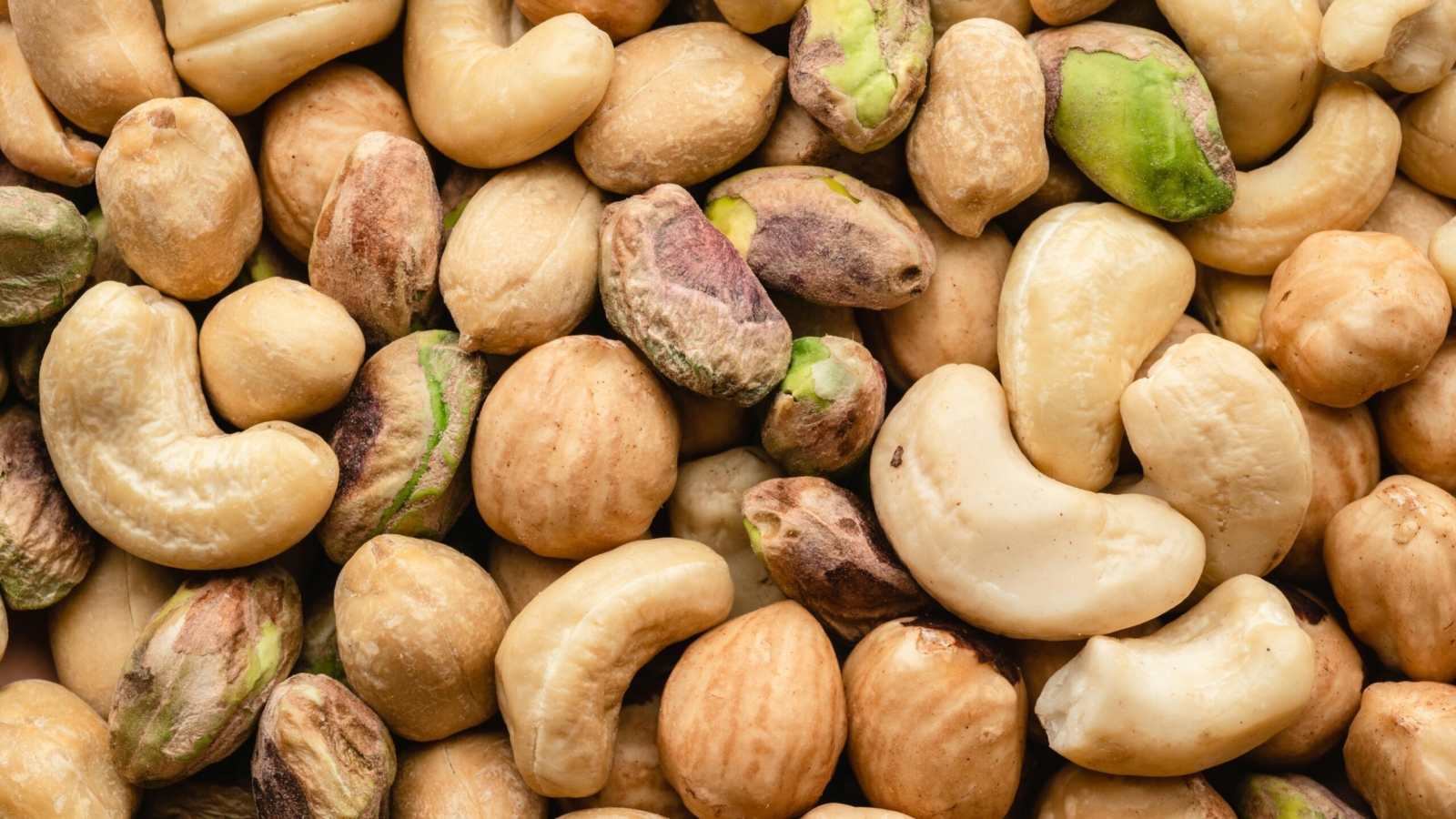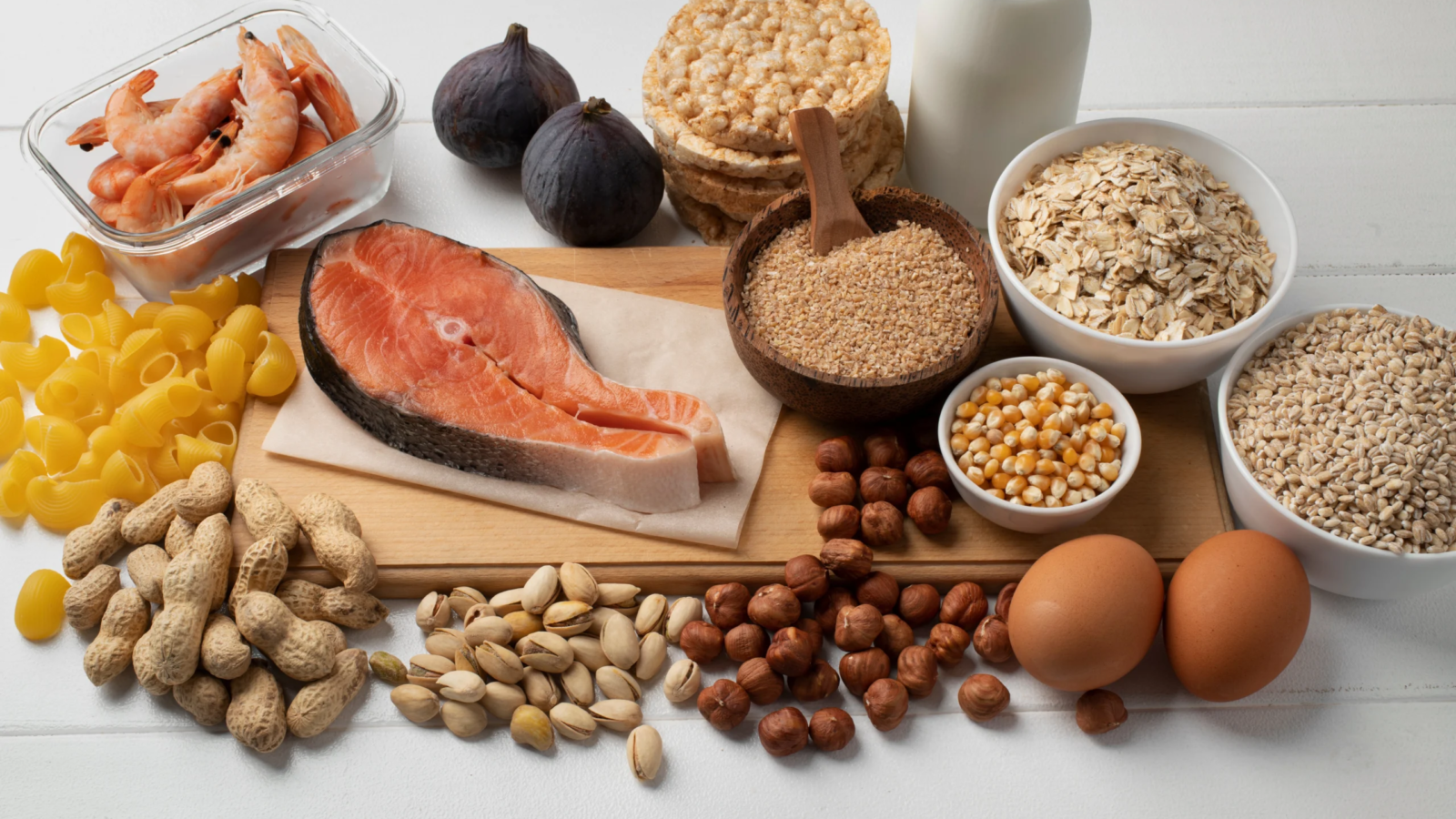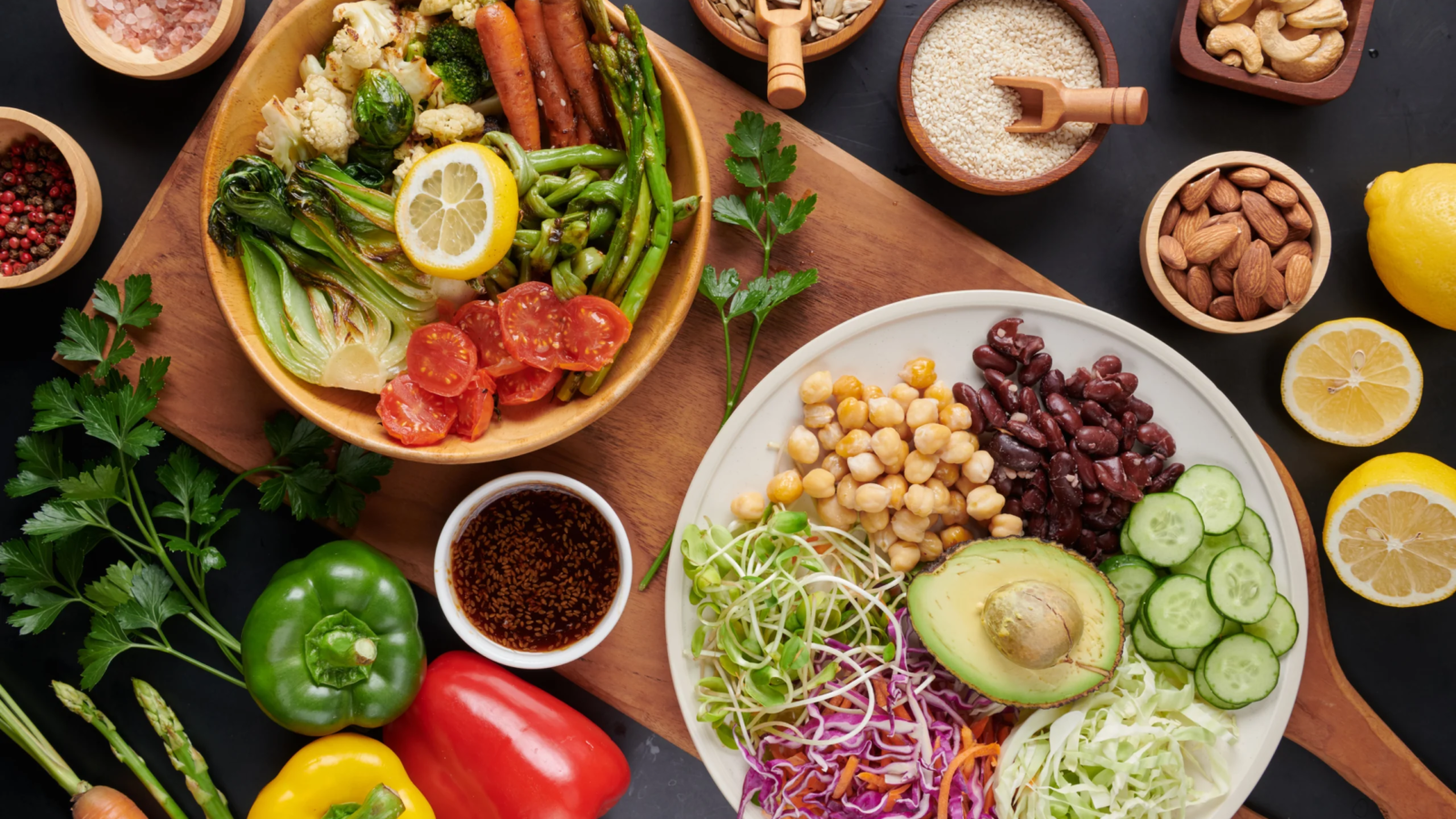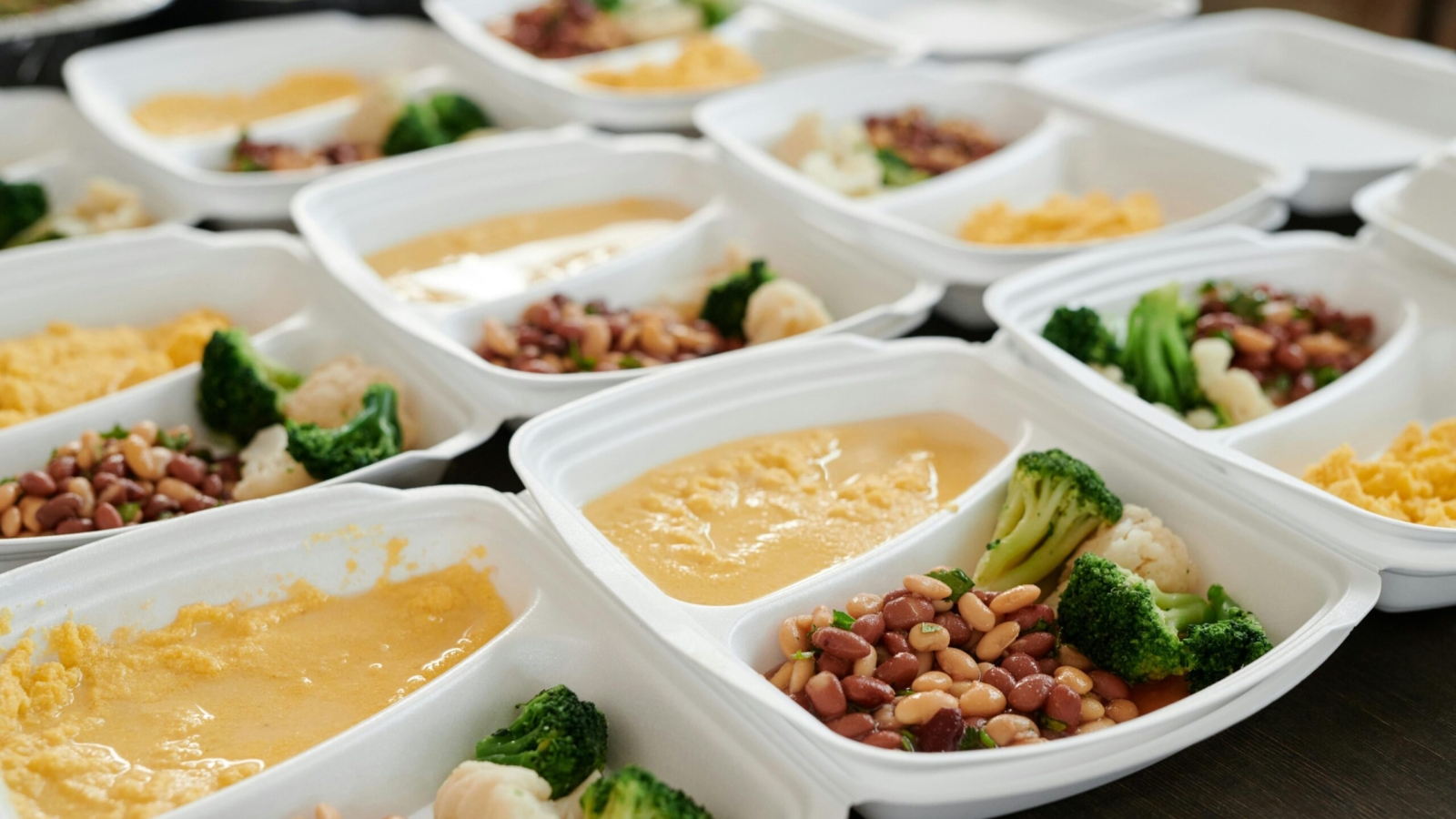In today’s fast-paced world of trendy snacks, eye-catching labels, and functional drinks, it’s easy to lose sight of what your body actually needs to thrive. The truth? Every bite you eat is made up of good molecules—carbohydrates, proteins, and fats—that serve as the foundation for your energy, strength, and recovery.
Whether you’re checking out the latest G Fuel energy drink, wondering about fruits that start with U, or curious about why certain nuts in Spanish food are so filling, it all comes back to one thing: macronutrients.
This article takes you deep into the science of macronutrients—how they provide rich energy, build your cakes body (a term lovingly used for strong, sculpted physiques), and why understanding your food’s true value is more than a passing trend.
Understanding Macronutrients: The Real Body Candy
Before diving into specific foods and cultural favorites, it’s crucial to understand the three primary macronutrients—each a category of good molecules that fuels your health.
1. Carbohydrates: Quick, Clean Energy
Carbs are the body’s preferred source of rich energy, especially for the brain and muscles. You’ll find them in:
- Grains (rice, oats, bread)
- Fruits (berries, bananas)
- Vegetables (potatoes, corn)
- Sugars and syrups (used in moderation)
The body breaks down carbs into glucose, in which it uses immediately for energy or stores in muscles and the liver as glycogen.
Smart Carbs = Smart Energy
Simple carbs like those found in soda and candy give a quick boost but crash fast. Complex carbs, on the other hand—like oats or sweet potatoes—digest slowly, offering steady rich energy throughout the day.
2. Proteins: The Sculptors of Your Cakes Body
Proteins are made of amino acids, which help repair muscle, build tissue, and regulate immune functions. They’re the raw material your body needs after workouts, illness, or growth spurts.
Common protein sources include:
- Eggs, meat, poultry
- Tofu and tempeh
- Beans and lentils
- Dairy products
- Protein powders (like whey or pea)
If your goal is a strong, muscular, toned cakes body, then protein is your best friend. Aim for 0.8–1.6 grams of protein per kilogram of body weight, depending on your activity level.
3. Fats: Essential, Not Optional
Despite years of fearmongering, fats are crucial to your health. They help absorb vitamins, produce hormones, and keep skin and hair healthy.
Sources of healthy fats:
- Avocados
- Olive oil
- Fatty fish (like salmon)
- Nuts and seeds
In Mediterranean cuisine, for example, nuts in Spanish food like almonds and hazelnuts are added to sauces, pastries, or eaten raw as snacks—delivering both flavor and macronutrient benefits.
Types of Berries List: A Macronutrient Super Squad
When you’re looking for nutrient-dense carbs that are high in fiber, antioxidants, and micronutrients, berries are the ultimate choice.
Here’s a types of berries list that combines flavor and function:
- Strawberries: High in vitamin C and folate
- Blueberries: Antioxidant powerhouse
- Blackberries: Rich in fiber and vitamin K
- Raspberries: Low in sugar, high in fiber
- Acai berries: Known for anti-inflammatory effects
- Goji berries: High in protein (for a fruit) and vitamin A
- Elderberries: Immune support and anthocyanins
These fruits are delicious on their own, in smoothies, or sprinkled over oatmeal—making them ideal for balancing good molecules in a macro-conscious breakfast.
Fruits That Start With U: Uncommon but Useful
Now let’s explore something fun and a little unusual: fruits that start with U. While they’re not common in most diets, they’re worth knowing—especially when trying to diversify your fruit intake and benefit from lesser-known sources of fiber and carbs.
1. Ugli Fruit
A hybrid citrus fruit (grapefruit + orange + tangerine) with a tangy flavor. Rich in vitamin C and low in calories.
2. Umbu Fruit
Native to Brazil, this small green fruit grows on the Spondias tree and is known for its hydrating properties and high vitamin A content.
3. Uva (Spanish for Grape)
Often found in Latin dishes and drinks, uva is full of resveratrol—an antioxidant that supports heart health.
Adding fruits that start with U to your diet adds variety while still supporting your carbohydrate and micronutrient intake.
G Fuel Energy and Other Performance Enhancers
Functional drinks like G Fuel energy are marketed toward gamers, athletes, and high-performance individuals. But what’s actually in them?
What’s Inside G Fuel:
- Caffeine (from natural sources)
- Amino acids (like tyrosine for focus)
- Antioxidants from fruit powders
- Vitamins B6 and B12
While G Fuel energy can provide a cognitive and endurance boost, it’s important to read labels and track total caffeine consumption to avoid overstimulation or poor sleep. Use these drinks in moderation, and pair them with meals rich in macronutrients for balanced performance.
Pro tip: Never replace meals with energy drinks. They’re meant to support your energy, not substitute food.
Nuts in Spanish Food: Macro Gold Mines
If you’re exploring international nutrition, you’ll find nuts in Spanish food play a big role in both sweet and savory dishes.
Common Nuts Used:
- Almendras (Almonds): Used in sauces like romesco, or as toppings on pastries
- Avellanas (Hazelnuts): Often ground into desserts or added to stews
- Piñones (Pine nuts): Found in salads, empanadas, or cooked rice dishes
- Nueces (Walnuts): Used in stuffings and cold tapas
These nuts provide healthy fats and plant-based proteins, supporting a macro-balanced diet even in traditional recipes. The Mediterranean way of eating, in which nuts are a daily staple, is linked with longevity and heart health.
Body Candy: Are These Snacks Macro-Friendly?
The term body candy has taken off on social media—referring to visually appealing, often indulgent-looking foods that claim to support your physique goals. But are these actually macro-friendly?
Yes—and no.
Some products marketed as body candy are:
- Protein bars
- Low-carb desserts
- Keto-friendly candies
- Collagen gummies
While some of these can fit into a macro-balanced diet, always check for:
- Hidden sugars
- Low fiber content
- High saturated fats
When in doubt, good molecules come from whole foods: think Greek yogurt with berries, almond butter on rice cakes, or dark chocolate with nuts.
Up next, we’ll dive into how to build macro-conscious meals from your favorite cultural cuisines, explore snack swaps for long-lasting rich energy, and provide real-world meal plans based on your goals—all while continuing to use keyword-rich insights that connect science and everyday eating.
Building Macro-Conscious Meals: Fuel for Your Goals
If you’re looking to optimize your energy levels, build a strong physique, or simply feel better day to day, macronutrient-balanced meals are key. It’s not about perfection—it’s about being intentional. And yes, you can still enjoy flavor-packed dishes, cultural staples, and even the occasional sweet treat while sticking to macro principles.
Here’s how to start.
Step 1: Balance Every Plate with the Right Good Molecules
Every meal should include a mix of carbohydrates, proteins, and fats. These macronutrients are the good molecules that fuel your metabolism, keep you full, and give you the nutrients needed to build your cakes body.
Ideal Macro Plate Breakdown:
- ½ plate: High-fiber vegetables and complex carbs (e.g., quinoa, sweet potato, or legumes)
- ¼ plate: Lean proteins (e.g., grilled chicken, tofu, or fish)
- ¼ plate: Healthy fats (e.g., avocado, olive oil, or a serving of nuts in Spanish food)
This simple ratio promotes rich energy, hormonal balance, and muscle repair—all essential for active lifestyles.
Step 2: Add Flavor and Function with Cultural Foods
Cultural dishes often get excluded from “clean eating” plans, but they shouldn’t. With the right tweaks, traditional recipes can support your macro goals and still taste amazing.
Spanish-Inspired Macro Meal:
- Protein: Grilled chicken marinated in olive oil, garlic, and paprika
- Carbs: Roasted potatoes or rice with saffron
- Fats: Sauce made with almonds or hazelnuts (nuts in Spanish food)
- Fiber: Roasted vegetables like eggplant and bell pepper
Paired with a salad topped with uva (grapes) or sliced acai berries, you’ve got a globally inspired plate with macro precision.
Smart Snacking for Rich Energy All Day
The key to maintaining rich energy isn’t constant caffeine—it’s nutrient-dense snacking between meals. If you often feel a crash around 3 p.m., it’s likely your earlier meals lacked either protein or fat—or your snack was just pure sugar.
Instead of grabbing random body candy, focus on:
- Protein + Carb combos (like Greek yogurt with berries)
- Fat + Fiber snacks (like almond butter and apple slices)
- Low-sugar energy bars with balanced macros
These snacks provide sustained fuel and reduce cravings without overloading you on empty calories.
G Fuel Energy: Should It Be Part of Your Macro Plan?
G Fuel energy drinks are a popular pre-workout or midday pick-me-up, especially among gamers and athletes. But how do they stack up in a macro-conscious nutrition plan?
Pros:
- Zero sugar
- Contains amino acids for focus and muscle support
- Includes antioxidants from fruit extracts
- Low-calorie compared to traditional energy drinks
Cons:
- High caffeine may disrupt sleep or cause jitters
- No significant calories or macros—so it can’t replace food
- May trigger over-reliance for energy
Bottom line: G Fuel energy is fine as an occasional boost, especially before intense activity, but not as a meal substitute. Pair it with a real food snack—like a protein muffin or banana with peanut butter—for optimal effect.
The Sweet Side of Macros: Enjoying Desserts and Still Building a Cakes Body
Trying to build your cakes body (aka strong glutes and legs) doesn’t mean cutting dessert forever. With macro awareness, you can still enjoy sweet treats—just with better ingredients and structure.
Smart Dessert Swaps:
| Traditional Dessert | Macro-Friendly Version |
|---|---|
| Chocolate cake | Almond flour protein brownies |
| Ice cream | Greek yogurt with honey and berries |
| Milkshake | Protein smoothie with banana and almond milk |
| Pastries | Oat-based energy bites with dates and nuts in Spanish food |
Desserts that support your macros include good molecules like fiber, protein, and healthy fats to help you recover and stay satisfied.
Exploring More from the Types of Berries List
We touched earlier on the importance of berries in a macro-friendly diet. Let’s explore how to use a broader types of berries list to fuel your day.
Top Berry-Based Combos:
- Blueberries + Greek yogurt + flaxseeds → Ideal for breakfast or a post-workout snack
- Raspberries + almond butter toast → A balanced snack with fiber, carbs, and healthy fats
- Goji berries + protein shake → Add to your blender for a nutrient-dense afternoon boost
- Strawberries + oats + chia seeds → Great overnight breakfast option for steady energy
These meals deliver high fiber, antioxidants, and balanced macros—supporting both good molecules and long-term health.
Fruits That Start With U: Refreshing, Rare Additions
Revisiting our list of fruits that start with U, these underappreciated fruits aren’t just unique—they’re functional. Let’s see how they can enhance your macro balance.
Incorporate Them Into:
- Breakfast Bowls: Add ugli fruit segments to an acai bowl for vitamin C
- Salads: Top spinach with uva (grapes), goat cheese, and walnuts
- Salsas: Use umbu fruit (if available) for a tart, hydrating salsa over grilled fish
- Dessert: Roast grapes or drizzle honey over sliced ugli fruit for a refreshing treat
Exotic fruits offer not just variety but also new rich energy sources that fit beautifully into a macro-conscious diet.
Protein-Forward Meals to Support Lean Muscle and Fat Loss
The cornerstone of any macro-balanced plan, especially if your goal is to build a sculpted cakes body, is protein. You want lean, high-quality sources paired with strategic carbs and fats.
Top Macro Meals for Strength:
- Breakfast:
- 3 egg omelet with spinach and feta
- Side of fruit and whole grain toast
- Lunch:
- Grilled salmon salad with walnuts and olive oil
- Side of quinoa or wild rice
- Dinner:
- Chicken stir-fry with broccoli and brown rice
- Garnish with sesame seeds (for healthy fat)
- Snacks:
- Hard-boiled eggs + almonds
- Tuna on whole-grain crackers
- Cottage cheese + berries
These meals are simple, adaptable, and built with good molecules that fuel performance and body composition goals.
How to Stay Macro-Aware When Eating Out
Going out doesn’t mean giving up on your macros. Here are quick hacks for staying on track:
- Ask for sauce/dressing on the side
- Double the protein—most restaurants under-portion it
- Swap fries for a side salad or veggies
- Share dessert—savor without the overload
Look for meals that hit at least two macros (protein and carbs, or protein and fat) and don’t hesitate to add a side to round things out.
Up next, we’ll wrap up with strategies for meal prepping, reading labels for macro clues, and setting up a macro-focused lifestyle that’s both enjoyable and sustainable—plus a recap of everything you’ve learned so far with built-in keyword reinforcement.
Making Macros a Lifestyle: Long-Term Success with Good Molecules
The beauty of macronutrient awareness is that it doesn’t require a radical diet overhaul. Instead, it empowers you to make small, informed adjustments using good molecules that fuel your goals and your taste buds. Whether you’re working toward more rich energy, a stronger physique, or greater food variety, a macro-based lifestyle offers clarity and control.
Let’s explore how to make it sustainable.
Weekly Meal Prep for Macro Mastery
Planning ahead is one of the easiest ways to stay on track with your macros. With just 1–2 hours each week, you can prepare meals that keep you energized, full, and focused.
Step-by-Step Macro Meal Prep:
- Pick your proteins
- Grill chicken, boil eggs, bake tofu, or prep turkey patties.
- Choose two complex carbs
- Quinoa, brown rice, roasted sweet potatoes, or whole grain pasta.
- Roast or steam a variety of vegetables
- Bell peppers, broccoli, zucchini, and spinach are versatile options.
- Prep healthy fats
- Portion out nuts in Spanish food (almonds, walnuts), cube some cheese, and prep olive oil vinaigrettes.
- Snack station
- Assemble grab-and-go snacks like Greek yogurt with blueberries, hard-boiled eggs, or protein muffins.
You can even prep desserts using ingredients from your types of berries list. Raspberries, blackberries, and strawberries freeze well and make perfect toppings for oatmeal or yogurt bowls.
Decoding Labels: Identifying Hidden Macros
You don’t need a nutrition degree to understand what you’re eating. Food labels offer tons of insight—if you know what to look for.
Tips for Macro Label Reading:
- Protein: Aim for at least 10–20g per serving in meals or bars.
- Carbs: Prioritize complex carbs with fiber (look for 3g+ fiber per serving).
- Fats: Choose unsaturated fats. Avoid trans fats and limit saturated fats.
- Sugars: Natural sugars (from fruits and dairy) are fine; added sugars should be under 25g per day.
- Ingredients: Short lists with recognizable items = more real food, fewer fillers.
Many performance snacks and drinks, including G Fuel energy, include good molecules like B vitamins and amino acids, but it’s still important to pair them with whole foods for lasting fuel.
The Role of G Fuel Energy in a Busy Lifestyle
We’ve talked about G Fuel energy before, but it deserves a final note as many use it (and similar drinks) to supplement their macro-based routines.
Use G Fuel energy when:
- You need a pre-workout or study focus boost
- You’re hitting an afternoon lull and have a meal planned soon
- You’re combining it with a protein snack to fuel a long work session
Avoid using it:
- On an empty stomach (especially in the morning)
- As a meal replacement
- After 4 p.m. if you’re sensitive to caffeine
Balanced strategy: Pair G Fuel energy with protein-rich snacks like turkey jerky or cottage cheese and berries. This keeps you full, alert, and macro-aligned.
Nutrient Timing: When to Eat for Max Impact
Not just what you eat matters—but when. To support a leaner, more defined cakes body, here’s how to time your meals for optimal macronutrient utilization:
Morning:
- Prioritize complex carbs + protein
- Great time for oatmeal with types of berries + protein shake
Midday:
- Balanced macro meal (protein, complex carbs, healthy fats)
- Think grilled chicken salad with quinoa and olive oil dressing
Pre-workout (30–60 minutes before):
- Focus on carbs + a little protein
- Example: Rice cakes with peanut butter and banana
Post-workout:
- Fast-digesting carbs + lean protein
- Example: Whey protein shake with fruit or a turkey sandwich on whole grain
Evening:
- Moderate protein + fat, fewer carbs (unless you’ve exercised)
- Ideal dinner: Grilled fish, roasted vegetables, and avocado
This structure ensures you’re fueling properly, avoiding energy crashes, and optimizing muscle recovery.
Cultural Integration: Enjoying Global Foods with Macro Awareness
Macro nutrition doesn’t have to be bland or “Western.” Some of the best macro-balanced foods come from international cuisines.
Spanish-Inspired Macro Meal:
- Protein: Grilled cod or chicken
- Carbs: Brown rice or chickpeas
- Fats: Olive oil and nuts in Spanish food like hazelnuts or almonds
- Fiber: Roasted peppers, garlic, and onions
Dessert? How about uva (grapes) or yogurt with acai berries? Global flavors and macro precision—no sacrifice necessary.
Sweet Without Sabotage: Indulgence with Intention
Sweets don’t have to derail your macro goals. In fact, by choosing foods with good molecules like protein and fiber, you can satisfy cravings and support your cakes body goals.
Smart Sweets to Try:
- Protein mug cake made with almond flour and cocoa
- Frozen yogurt bark topped with types of berries
- Trail mix made with nuts in Spanish food, dark chocolate chips, and dried fruit
- G Fuel energy popsicles (yes, people freeze these!) mixed with a splash of real fruit juice
These ideas combine pleasure and performance—two things that aren’t mutually exclusive in a well-structured macro plan.
The Weekly Macro Reset: Reflection + Progress
Consistency beats perfection. Once a week, take 10 minutes to check in on your macros:
- Did you hit your protein goal most days?
- Were your meals and snacks spaced out well?
- How did your energy feel—steady or erratic?
- Did you drink enough water?
Use that data to tweak your meal plan, your grocery list, or even your snack habits. Over time, this reflection helps you master your macros and feel in control.
Final Recap: Your Guide to Macronutrient Mastery
Let’s bring it all together. Here’s what you now understand about using macronutrients to fuel your body with intention:
✅ Good molecules = smart proteins, carbs, and fats
✅ Rich energy comes from complex carbs, lean proteins, and healthy fats
✅ Cakes body is built through consistent protein intake, strength training, and meal timing
✅ G Fuel energy can be part of a smart strategy—when used properly
✅ The types of berries list offers fiber, antioxidants, and macro-friendly snack options
✅ Nuts in Spanish food provide flavor, healthy fats, and a cultural macro advantage
✅ Even rare fruits that start with U can diversify and energize your plan
✅ Smart meal prep and label reading make macro living manageable
Final Thoughts: Fueling Your Body with Confidence
You don’t need to overhaul your entire life to master macros. You just need to start—today. Choose one meal to balance. Add one new berry from the types of berries list to your snack. Swap one sugary treat for something with good molecules. And repeat.
The world of nutrition can feel overwhelming, but with macro awareness, you gain freedom—not restriction.
Eat to energize. Eat to build. Eat to enjoy.
Because you deserve a body that feels good, looks strong, and runs on the fuel it was made for.




